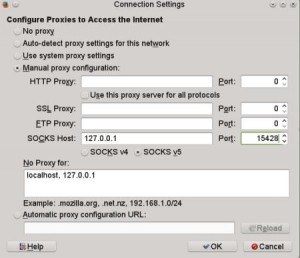

This feature is useful if there are multiple levels of separation between a bastion and the final remote host.
#Ssh proxy website series
The ssh man (or manual) page ( man ssh) notes that multiple, comma-separated hostnames can be specified to jump through a series of hosts: $ ssh -J, You can also set specific usernames and ports if they differ between the hosts: $ ssh -J
#Ssh proxy website plus
To use it, specify the bastion host to connect through after the -J flag, plus the remote host: $ ssh -J The ProxyJump, or the -J flag, was introduced in ssh version 7.3. Instead of first SSHing to the bastion host and then using ssh on the bastion to connect to the remote host, ssh can create the initial and second connections itself by using ProxyJump. The ssh command has an easy way to make use of bastion hosts to connect to a remote host with a single command.

Once the tunnel is established, you now need to set up a SOCKS proxy in your web browser.ģ. This should open and terminal window and you should be prompted to login. You should see 'D31415' in the 'Forwarded ports:' box.Ħ. Under 'Destination' select the 'Dynamic' radio button and leave the 'Auto' button selected.ĥ. For 'Source Port' enter '31415' (this can be configured to whatever you want, just remember it).Ĥ. On the left side, in the Category window, go to Connection -> SSH -> Tunnels.ģ. Login to a linux machine and type "home" and this will display your homesite.Ģ. The hostname should be your UCLA homesite followed by ".". Things you'll need: A Linux Mathnet account, PuTTY (ssh client), and Firefox.ġ. This example shows a connection from a Windows machine using Firefox.

A proxy setup can be configured using OSX, Linux, or Windows using various browsers. If you are browsing this site from off-campus, and you have a Mathnet Linux account, you can use this proxy setup to make it appear that your traffic comes from one of our IP addresses.
#Ssh proxy website full
In particular, connections to must come from a registered UCLA Math IP address to gain full access. Some websites available to Math Department members are filtered by the network the traffic originates on.


 0 kommentar(er)
0 kommentar(er)
